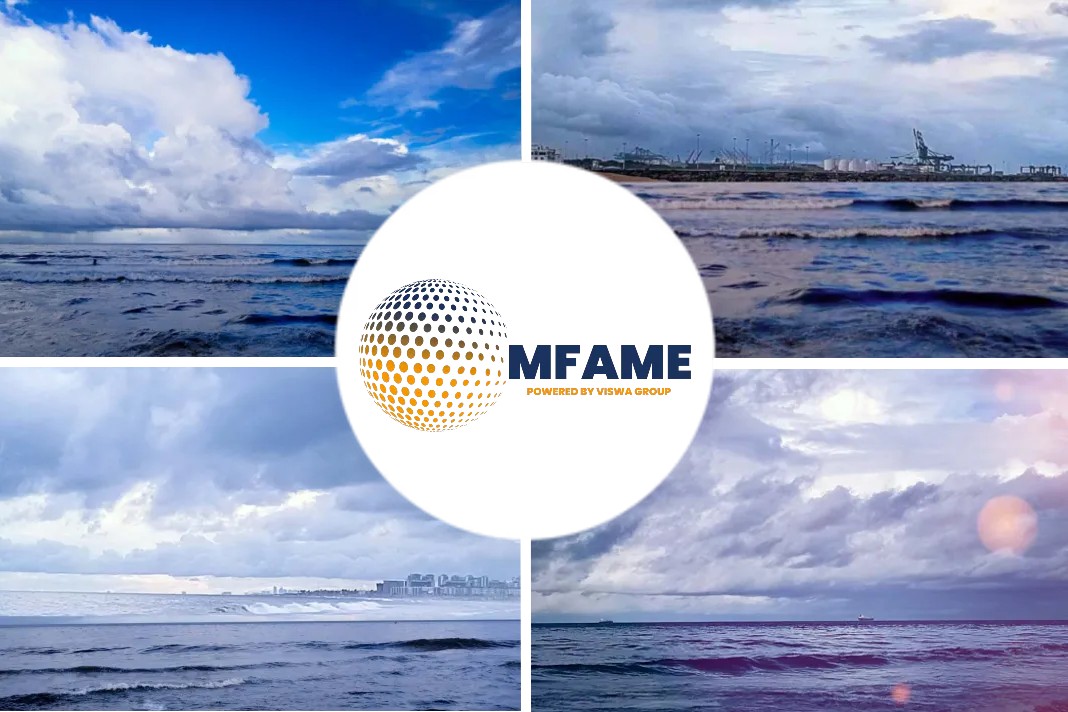- The Atlantic seaboard offers a vast marine renewable energy (MRE) resource which is still far from being exploited.
- These resources include offshore wind, wave and tidal energy.
- This industrial activity holds considerable potential for enhancing the diversity of energy sources, reducing greenhouse gas emissions and stimulating and diversifying the economies of coastal communities.
The partners in the EU-backed SafeWAVE project have started collecting environmental data around GEPS Techno’s wave and solar energy hybrid WAVEGEM at SEM-REV test site in France, reports AZTI.
Project SafeWAVE
In order to collect data, the SEM-REV centre teamed up with the company RTSYS, specialized in acoustics and underwater robotics, which is also a partner in the SafeWAVE project.
Project SafeWAVE, short for Streamlining the assessment of environmental effects of wave energy, will work to improve knowledge on the environmental effects and risks of wave energy through the collection, processing, analysis and sharing of environmental data around devices operating at sea and modelling of cumulative impacts of future larger scale deployments.
Autonomous Underwater Vehicles
During the offshore operation, conducted in June 2021, RTSYS deployed an autonomous underwater vehicle (AUV), the COMET-300. This device, equipped with a sonar side scan, made it possible to record data on the underwater conditions near WAVEGEM.
A second AUV, dubbed NEMOSENS and equipped with an experimental acoustic sensor, was also deployed during the measurement campaign.
Data Analysis
The data collected will now be analysed and compared with those obtained on the other test sites as part of the project, to give an overview of the impact of the activities on soil integrity and the underwater acoustic environment.
Project Aim
SafeWAVE aims to overcome non-technological barriers that could hinder the future development of one of the main pillars of the EU Blue Growth strategy – ocean energy.
The project builds on the results of the WESE project, which will be completed in 2021, with a renewed aim of developing an ‘Environmental Research Demonstration Strategy’ based on the data that will be collected in wave energy sites from different European countries where wave energy devices are currently operating.
Consortium Partners
The project consortium, led by AZTI, includes a multidisciplinary team of partners bringing together technology device developers (BiMEP, Wello, CorPower Ocean, and GEPS Techno), consultants and researchers (WavEC, CTN, AZTI, RTSYS, UCC and Ecole Centrale) and data managers (Hidromod).






















